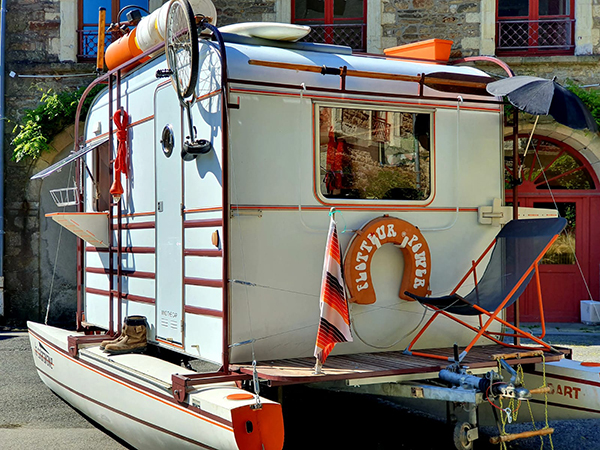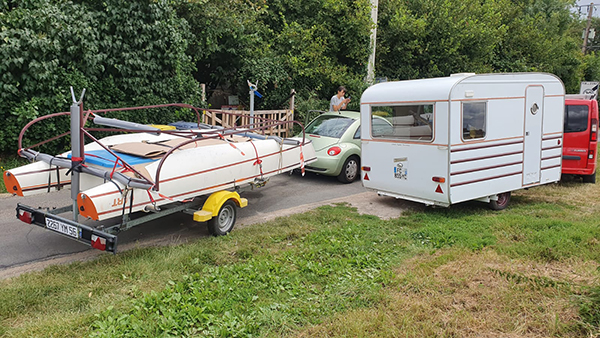

Aurélien Dupuis is a member of the experts, he uses and tests our tools and gives us feedback to improve them. He also shares with us his projects and his construction and bricolage tips.
Discover the project of the Cataravan, created by Aurélien Dupuis with the objective of alerting on the global warming and the rise of water.
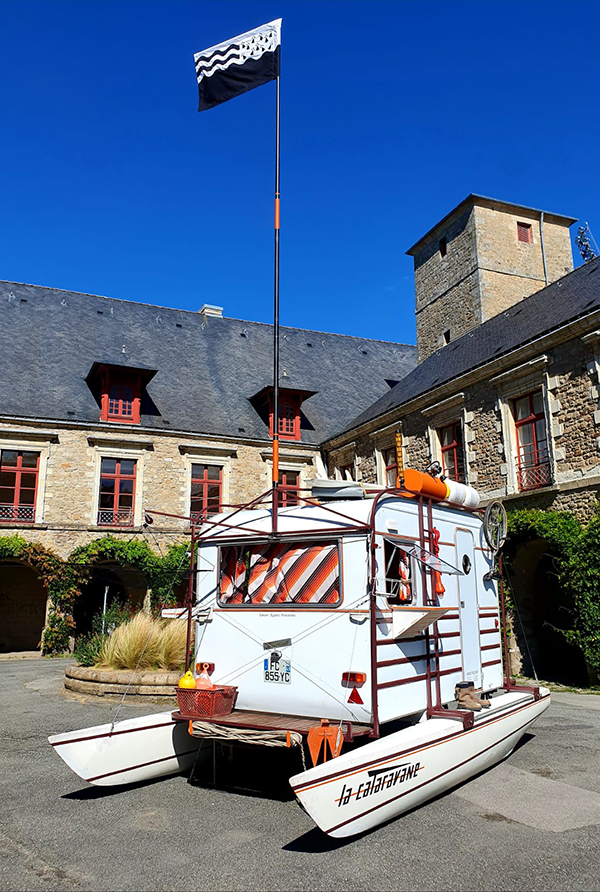
« This caravan is the physical support of a character from the future, in 2048 in the Gulf of Morbihan. It tells the daily life in this dwelling, in the heart of a community of ecologist scientists, living in the gulf covered by the rising waters.
It is a concept that includes a retro futuristic narrative to alert us to global warming and rising waters. »
The work was exposed at the conservatory of Vannes in July, on the port of the city.
This project involves a lot of metal work. It required all the classic do-it-yourself tools in all trades: a screwdriver, a soldering station, a liquid crystal mask that closes automatically for soldering, all the Fartools accessories such as clamps, vices, a hacksaw, an angle grinder, a saber saw, a belt sander and a tube sander, and even a renovator for the wood parts, which also helped strip the metal.
Woodworking was really minor on this project, which was mostly about the connecting parts between the trailer and the floats.
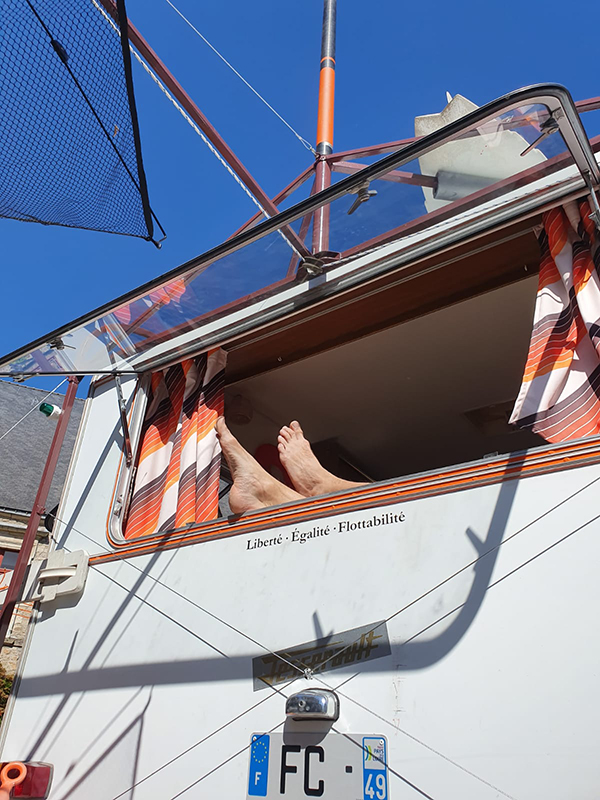
« As with many of my collaborative projects, I love the Fartools tools and the XFIT line with a single battery for all the tools. It's really great for these types of projects and very easy to pick up. »
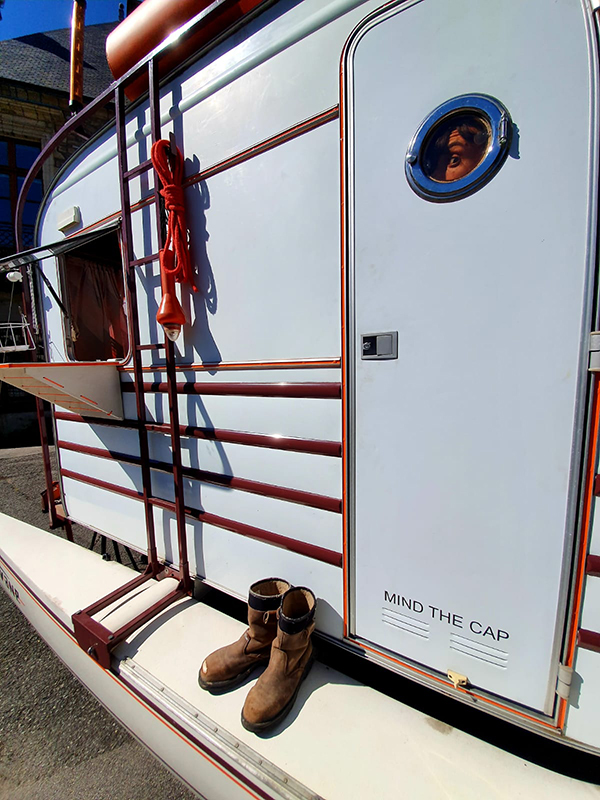
The structural part is made of assembly, welding and sleeving of metal bars. They made the connection between the hulls and the caravan. « We made an exoskeleton and a frame placed around the caravan to attach the various accessories. » The tubes are alternately bent, cut, ground, sleeved and welded with very few tools.
« In the world of metal, there are few tools. That's why in this business we make our own tools. For example, we make a holder before we grind a part.
For metal work, which represents 80% of the work on this project, we can do everything with just a welding machine, a grinder and a drill and screw machine.
